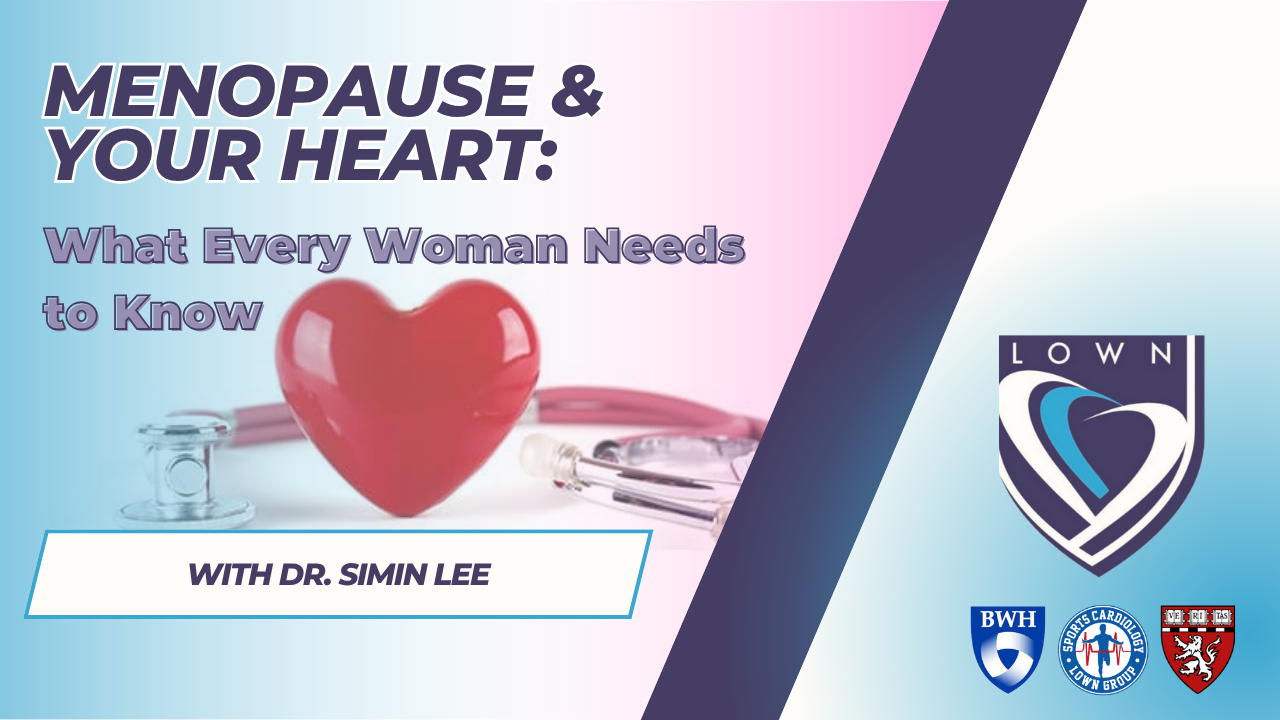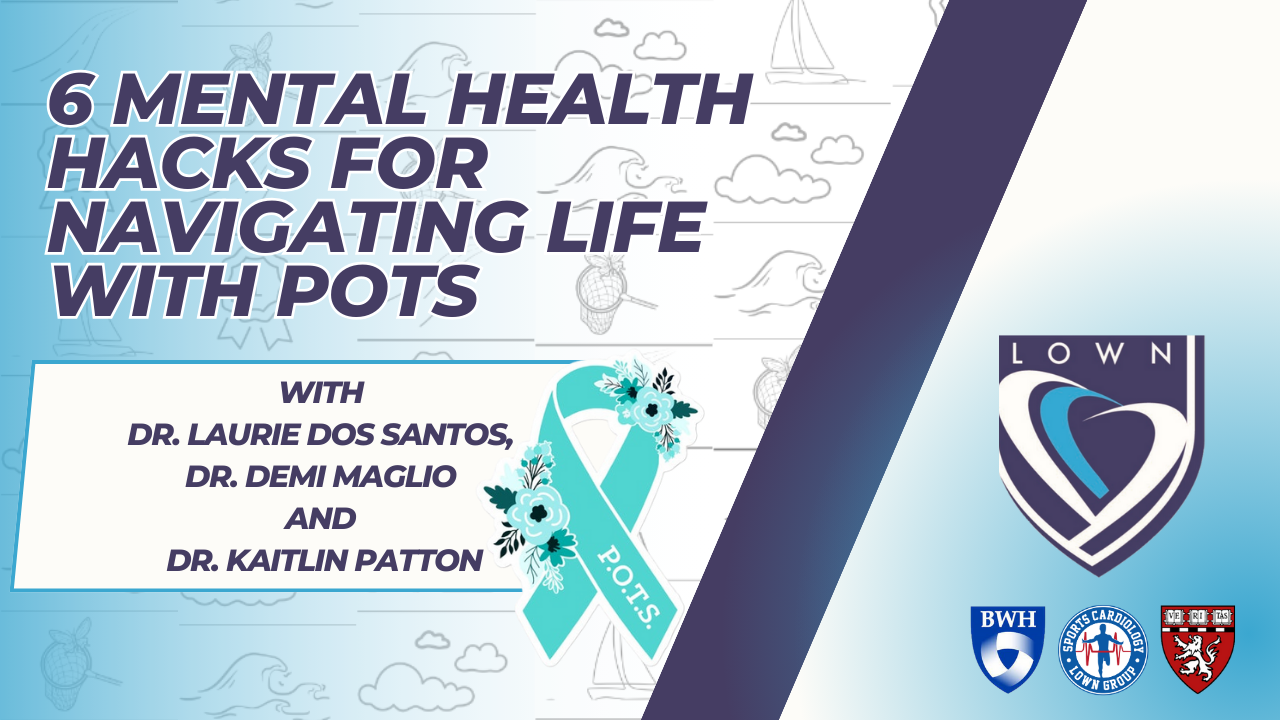In defense of the salt shaker
Sherry B, a healthy and active 61-year-old woman, came to my office several months ago. She had noted an unusually fast heart rate during exercise, and felt lightheaded when standing in line at the grocery store or after finishing her five-mile run. She carried a water bottle with her and drank from it throughout our meeting. “I don’t understand!” she said, “I’m always thirsty, even though I drink water constantly.” Most of her symptoms had started the previous year when she decided to “clean up” her lifestyle, began to exercise more regularly, and stopped eating out. She added proudly that she had thrown away her salt shaker.
After ruling out diabetes, weak heart, anemia, and other medical conditions, I suspected that Sherry was one of the few Americans who may actually not consume enough salt in their daily diet.
The dangers of insufficient sodium
Those at higher risk for getting insufficient salt (sodium) in their diet include people who sweat heavily with exercise or at work, have normal or low blood pressure, have normal heart and kidney function, and consume a very-low-sodium diet. In addition to an inappropriately fast heart rate and lightheadedness with standing, other symptoms can include constipation, fatigue, headaches, and even fainting. In extreme cases, excessive sodium restriction can cause brain swelling. There is no simple way to diagnose this problem; routine blood tests, including measurement of sodium levels in the blood, are typically normal.
We all know that too much salt is bad for our health. Excess sodium intake causes elevated blood pressure and increases the risk of cardiovascular disease (CVD). But consuming too little salt can also be harmful.
When we do not replace the salt we lose every day in our urine and feces, exhaled breath, and sweat, we cannot retain sufficient water to properly regulate our blood volume. This is because our kidneys precisely regulate the sodium concentration in our blood so that it matches the concentration in our cells. If we drink too much water without consuming enough sodium, our blood becomes more diluted than our cells. This forces the kidneys to eliminate the excess water as dilute urine. As a result, we can become “dehydrated,” no matter how much water we drink.
How much sodium do we need?
Individual sodium needs vary, but most people require at least 1,500 milligrams (mg) of sodium every day (roughly 2/3 of a teaspoon of table salt), with an additional 300 mg added per hour of exercise. When sodium intake is extremely restricted, the body compensates by increasing production of hormones called renin and aldosterone, which signal the blood vessels to narrow, and tell the kidneys to retain salt and water in an attempt to maintain balance. When sodium intake is so low that blood pressure drops when we stand ( orthostatic hypotension ), the body produces more norepinephrine, a “fight or flight” hormone that tells the heart to beat more quickly and forcefully.
Many studies have shown that consuming more than 5,000 mg of sodium per day is associated with increased risk for CVD. The PURE study , the largest international study to examine the relationship between sodium intake and health, looked at the relationship between sodium consumption and CVD risk in over 95,000 people from the general population. The authors reported a J-shaped association, with the lowest risk of CVD events in those with moderate sodium consumption (about 4,500 mg per day). Both higher and lower consumption (less than 3,000 mg per day) was associated with increased risk. (The study accounted for those who consume very little salt due to other illnesses.)
Moderation is key
The great majority of Americans consume excessive amounts of sodium, mostly in the form of commercially processed foods. Approximately 80% of our sodium intake comes from processed and restaurant foods, another 15% from foods that contain sodium such as olives and pickles, and only about 5% from salt added in the home.
From a CVD standpoint, the ideal diet would mainly consist of home-cooked, plant-based foods, but with a modest amount of added salt. With this strategy it is almost impossible to exceed the (somewhat arbitrary) 2,300 mg upper limit recommended by the American Heart Association.
Without a doubt, the typical Western diet, heavy in processed foods and extremely high in sodium, is contributing to excess CVD risk in the majority of Americans. However, we also need to keep in mind that a modest amount of sodium is essential for proper regulation of blood volume and nervous system function. In otherwise healthy people, there is no proven benefit, and possible harm, from overly restricting salt intake.
The post In defense of the salt shaker appeared first on Harvard Health Blog.
Recent Blog Posts






